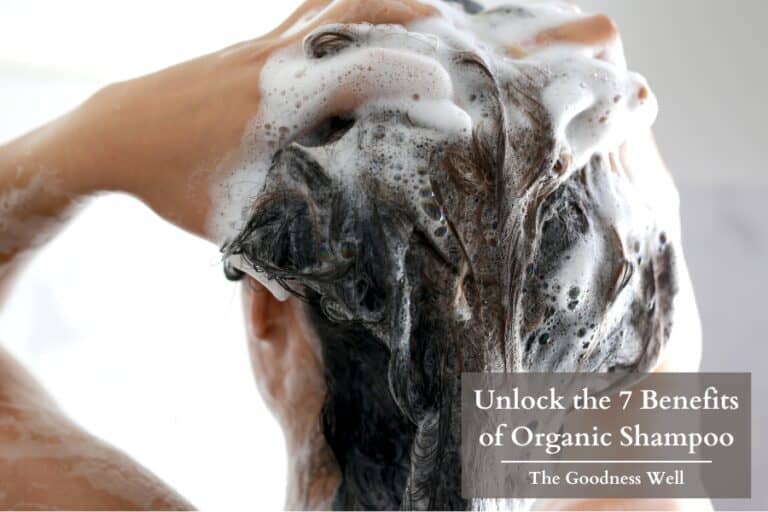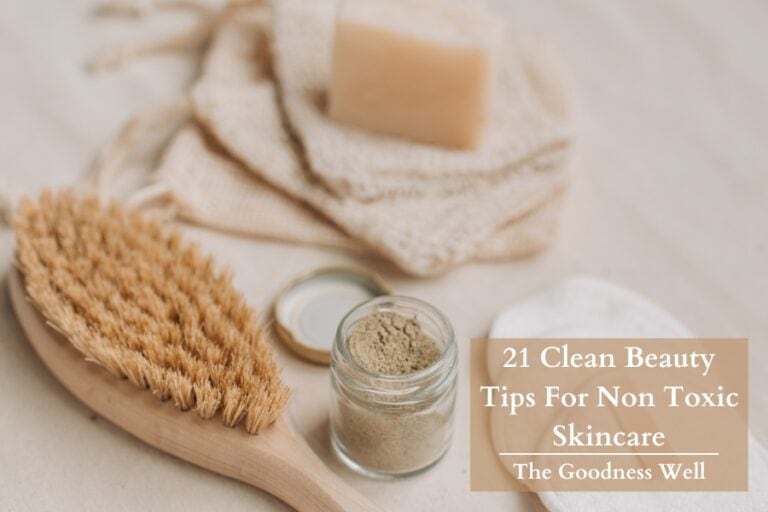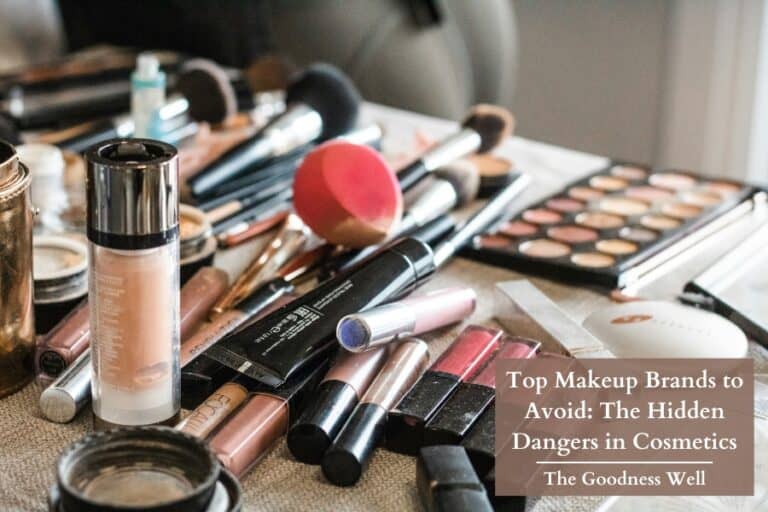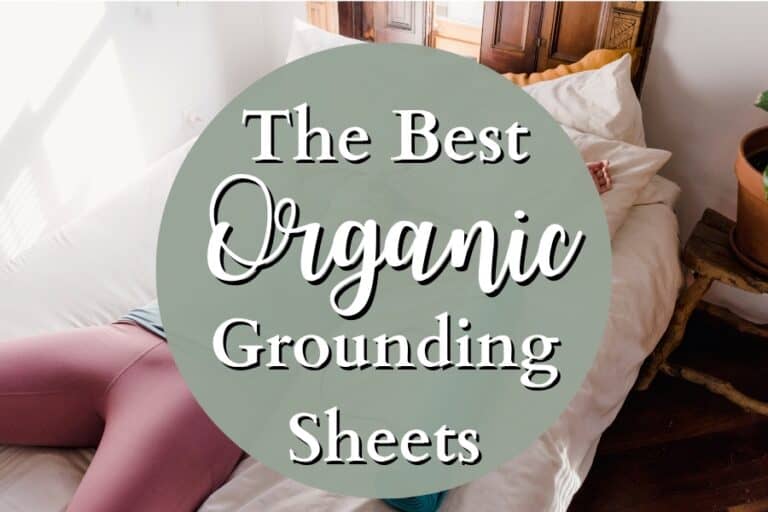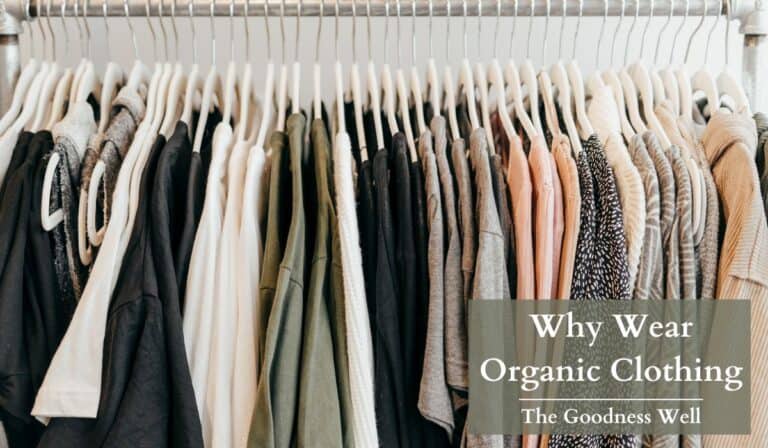How To Use Reusable Sanitary Pads: Your Ultimate Guide
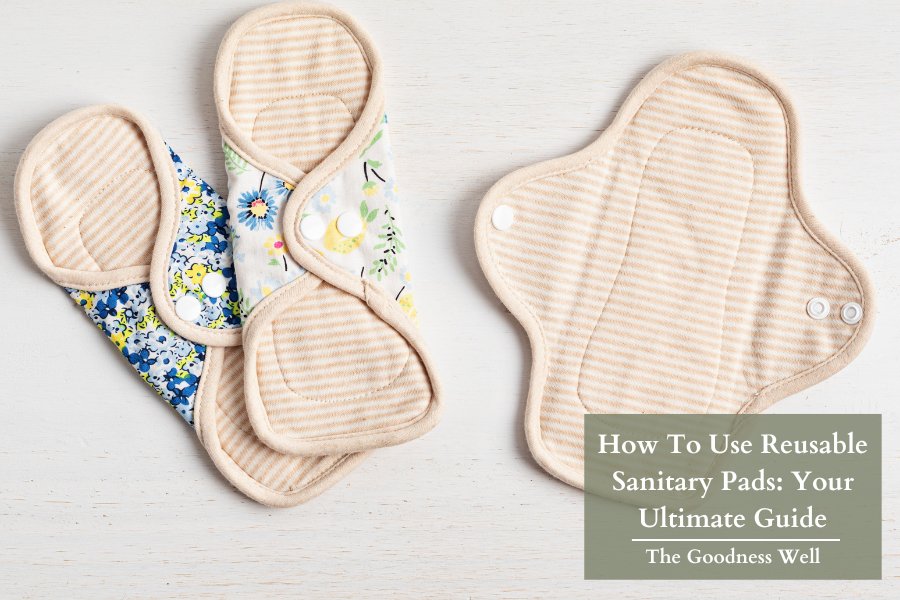
So maybe you’ve made the switch to reusable pads or you’re considering it because you know how beneficial using clean products can be.
Either way, we’ve got the best tips to help you learn how to use reusable sanitary pads.
TL;DR
Using reusable pads can help you cut down on your period product waste and lower your exposure to plastic and other chemicals found in disposable pads. It may take some getting used to and a bit of preparation but, when used right, reusable cloth pads are even more effective and absorbant than disposable ones. When using a cloth pad it’s important to carry what we call a “period purse” that has essential items like a wetbag that helps you store used cloth pads in them before you can wash and dry them at home. Reusable pads are both sanitary and cost-effective but takes some trial and error and cost upfront before you can really start to reap the benefits.
Why Switch to Reusable Sanitary Pads?
For You💗
Most non-reusable pads are filled with harsh substances like VOCs, phthalates, and plastic. 👎🏽
Research points out that phthalates could mess up menstrual cycles and also impact the cardiovascular, reproductive system, and hormones.
Because the genital skin is much more absorbent than other parts of your body, women who use plastic pads are more likely to absorb harmful chemicals found in most pads.
However!… Choosing reusable pads that are made from safe materials like 100% organic cotton, bamboo or hemp can help protect you from exposure to toxic chemicals.
Not to mention, even though they might cost more upfront compared to single-use pads, reusable sanitary pads last for years. And since you’re not buying pads every month, you’ll spend less over time!💰
For The Environment🌱
Traditional menstrual pads contribute to a lot of consumption, waste, and pollution.
Each of us(menstruators) will throw away 5,000 and 15,000 pads and tampons in their lifetime!😳 And because most pads and tampons are made of about 90% plastic, this mass amount of menstrual waste products can cause serious problems within our environment.
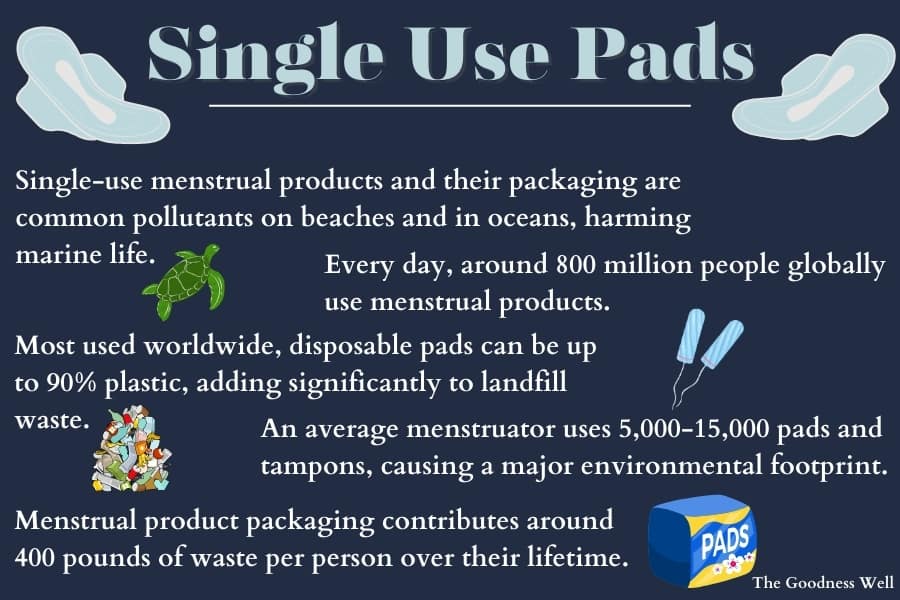
Menstrual products can take 500 to 800 years to decompose in landfills.
And while the plastic in menstrual products does break apart into microplastics they never fully decompose or degrade posing serious threats to ecosystems and ocean biomes.
Switching to reusable pads can cut down on the number of pads you buy, use, and dispose of.
In fact, 4–25 reusable menstrual pads can replace the 5,000 to 15,000 disposable pads a menstruator might use over their lifetime.
This switch not only reduces waste but also saves money in the long run, despite the higher initial cost of reusable pads.
Choosing the Right Pad for You
The last thing you want is a pad that doesn’t meet your period needs. So just like single-use period products, it’s important to choose the right one for you.
When choosing which reusable pad is best for you, consider these 5 things…
- Types of Reusable Pads:
- Pantyliners – Ideal for light days, spotting, or as a backup for menstrual cups or tampons.
- Day Pads – Designed for moderate flow during the daytime. Gives you more flow absorbability than panty liners.
- Night Pads – Best for heavy flow nights, offering extra length and absorbency to prevent leaks while you sleep.
- Materials Used: Reusable pads are made of different materials such as cotton, bamboo, or hemp. Each material offers great but different benefits, like cotton for comfort, bamboo for antibacterial properties, and hemp for durability.
- You may want to choose a product that offers a combination of these materials or you may want a product made of just one like 100% cotton reusable pads.
- Security & Design: Consider the pad’s design, like wings or no wings, snap buttons for securing it to underwear, and various shapes to fit your body comfortably.
- Size and Absorbency: Choose based on your menstrual flow and daily activities.
- Lighter absorbency for light flow days or when you expect to change pads frequently, and higher absorbency for heavy flow days or overnight use.
- Ease of Cleaning: Look for pads that are easy to wash and dry, keeping in mind your routine. Some materials may require special care but offer longer durability.
Reusable Pad Tips 🩸
Before First Use
Pre-wash: Before you use your new pads for the first time, washing them can increase their absorbency.
Some materials, like hemp and bamboo, need several washes to reach their full absorbency.
Prepare: If you’re really wanting to switch completely to reusable pads you’ll want to get more than one. But it’s okay to try one to start with, especially before you find the right size, style, and absorbency levels.
It’s recommended that you get about 6-12 pads for a full menstrual cycle. This depends heavily on your flow and how often you’ll be able to wash and reuse your cloth pads.
I also highly recommend creating a period purse!!👛
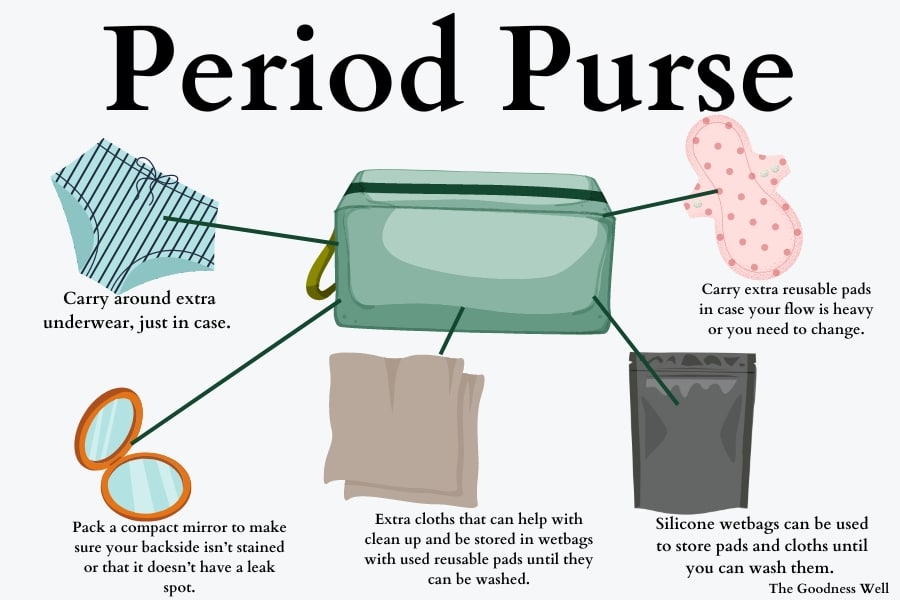
This will help you have a space to store your other cloth pads as well as any sanitary and period products you’ll need.
How to Use
How To Wear Reusable Pad:
Wearing a reusable pad is pretty similar to wearing disposable ones.
You start by placing the pad on the inside of your underwear with the absorbent side up.
Many reusable pads have wings with snaps that can be fastened under the crotch of your underwear to keep the pad in place. Some come with velcro which is used in the same way as the buttons or snaps.
I know some reusable pads may be bulkier than what you’re used to with disposable pads, which could make it feel uncomfortable or hard to be discrete about. But that’s part of finding a style, size, and absorbency level that’s best for you.
Change Regularly:
Depending on your flow, you might need to change the pad every 3 to 6 hours. It’s similar to how you would manage disposable pads, but you’ll be washing these instead of throwing them away.
If you’re in a place where you can’t wash them, you can always store them in a wet bag or air-tight pouch. I recommend one made of silicon instead of plastic.
Some reusable pad companies will actually give you a cloth pouch that’s also great for storing them until they can be washed.
Just make sure it seals really well and that you don’t leave it in the pouch overnight because then you’ll run the risk of making your pad a super gross, smelly mess.
Washing🧼
- Rinse: After use, rinse the pads in cold water until the water runs clear. This step helps to prevent staining.
- Soak: Some people prefer to soak their pads in water for a few hours or overnight before washing them, but this step is optional.
- Wash: I recommend hand washing your pads but some can be machine washed, just make sure you read the care instructions. Use a gentle, eco-friendly detergent and avoid fabric softeners, as they can decrease the pads’ absorbency….plus they’re made with harmful chemicals.
- Dry: Air dry the pads by hanging them up or laying them flat. Avoid using a tumble dryer as high heat can damage the fabric and affect absorbency.
Tips for Care and Maintenance
- Stain Removal: If your pads stain, try using hydrogen peroxide or an eco-friendly stain remover before washing.
- Frequency of Replacement: Reusable pads can last for several years with proper care. Inspect them regularly for signs of wear and tear, and replace them if they start to deteriorate.
- Hygiene: Ensure your pads are completely dry before using them. If you store a used reusable pad in a wetbag or cloth pouch, be sure you take it out and wash it that same day when you get home.
Pros And Cons of Reusable Pads
Pros
- They significantly reduce the amount of menstrual product waste.
- Though the initial investment is higher, they save money in the long run.
- Many users find them more comfortable and less irritating than disposables.
- You can pick cute colors and patterns that make wearing a pad a bit more enjoyable lol
- Many reusable pads are made from natural materials without the chemicals and fragrances found in some disposable pads, making them a lot safer to wear
Cons
- Reusable pads require regular washing, drying, and proper storage
- The upfront cost of purchasing enough reusable pads for a menstrual cycle can be higher than buying a single pack of disposables, but it saves money in the long run.
- Carrying used pads until you can wash them at home may be inconvenient or uncomfortable for some people, especially when away from home for extended periods.
- Finding the right size, shape, and absorbency level for your needs may take some trial and error
Addressing Common Concerns and Myths🔮
- They’re Unhygienic: Reusable pads are just as hygienic as disposables when washed and cared for properly.
- Hard to Clean: Washing them is straightforward, often requiring just a quick wash.
- Only for Light Flows: They come in various sizes and absorbencies, suitable for all flow levels, including heavy.
- Uncomfortable to Wear: Many find them more comfortable than disposables due to their soft, breathable materials.
- Not Effective: Properly used, they are just as effective in preventing leaks as disposable pads.
- Inconvenient for Active Lifestyles: Many active individuals(myself included) use them for all activities, including sports, with no issues.
- They Smell Bad: Properly cleaned reusable pads do not smell any worse than disposable pads.
- Difficult to Carry Around: Wet bags make it easy and discreet to carry used pads until you can wash them.
Final Thoughts
While periods aren’t the easiest thing to go through, with reusable pads you can give yourself a bit more peace of mind during that time by protecting yourself from plastics and harmful chemicals while doing the earth a solid.
Now that you know how to use reusable sanitary pads, try it out. You don’t even have to buy enough for one full period cycle. Maybe just start by buying one and seeing if you’re comfortable. But remember when trying something new it takes a bit of trial and error to get used to.
You may have to try different sizes, styles, and absorbency levels before you get one you love.
Frequently Asked Question
Reusable pads can typically last for 5 to 10 years with proper care and maintenance.
To keep a reusable pad from smelling, rinse it in cold water immediately after use and wash it regularly with a mild, fragrance-free detergent.
You should throw reusable pads away when they show signs of wear such as thinning fabric, persistent stains, or reduced absorbency.
The number of cloth pads needed varies per person, but generally, 6-12 pads are recommended for a full menstrual cycle, depending on flow and washing frequency.

